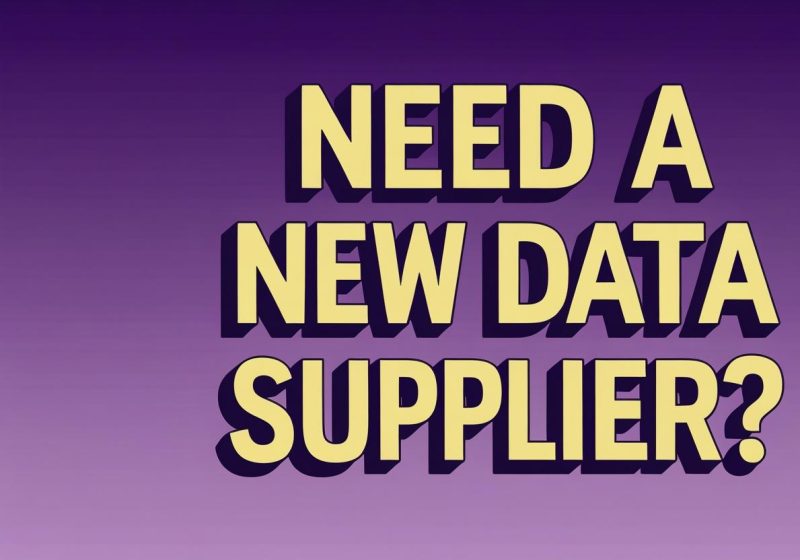Unique Selling Points (USPs) are a vital piece of marketing because they tell the public why they should buy your goods or services over and above the competition.
Yet sometimes it is the last thing some businesses, in particular small ones, think of because they are too busy to take stock. It takes time to establish a USP that fits the bill for you. It can take a lot of hard soul searching to come up with the right USP but when you do it is a lot easier to be more effective in hitting your sales targets.
USPs are vital because they are a summary of what your business stands for, how it benefits the public and why it is better than anyone else around at what it does. It also serves to help guide your business by setting out in one sentence its goals.
Try our step-by-step guide to help you come up with the right USP:
1. Find out why your customers keep coming back to you instead of your competitors. It could be because your service is better than theirs. If so, ask them what element of your service is better. You could be more reliable, quicker or offer great value for money. If your business is pretty new, become a secret shopper with your competitors to find out what makes them successful and why.
2. Find out the things that influence your customers when they buy your product or service. Is it convenience, peer pressure or the quality of your goods, for instance, or the look and packaging of your product?
3. Pick three to five USPs that correctly identify what your business is about. These should be what make your business different from the competition.
4. Know what section of the market you want to target. If you have a beautiful venue in the country that has been licensed to hold weddings then obviously you’ll want to target people who are planning a wedding.
5. Identify the biggest benefits your goods or service can offer clients. This will mean placing yourself in your clients’ shoes. What problems do you think they may have and how your goods or service can help?
6. The promise. Write down your promise to your customers. You don’t have to state the obvious as this can be implied in a very subtle way.
7. Lump all the above together. Then nip and tuck the text into one simple sentence that gets straight to the point.
No one said it was going to be an easy project to fulfil. But you don’t have to go it alone. Involve key members of staff and kick the ideas around between you. Then take those ideas home and talk to someone who is one step removed from your business operation. They may be able to come up with something everyone has missed. Once you have your USP, test it out on your customers and monitor the results. It may be that you adapt it in the future after you get valuable feedback from the paying public.






